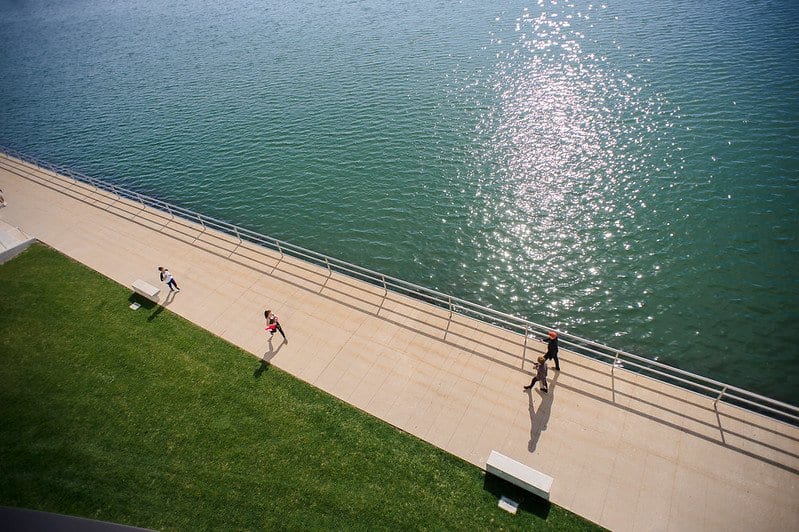Three great stories we found on the internet this week.
Rain, rain, don’t go away
“The Rain Follows the Forest” — that’s the elegantly named initiative to stop an invasive species from killing off the native trees that help keep Hawaii hydrated.
In Hawaii, tall koa trees on mountainsides absorb moisture from passing clouds and trigger the rainfall that nourishes the tropical landscape. For years, however, a non-native fungus has been decimating the koa forests. The fungus spreads, in part, on the bodies of cattle, goats and pigs that wander the forest. Through the initiative, hundreds of miles of fences have been built to keep these animals from roaming. Private landowners are deeply involved in the process, working with the state to build fences and inviting hunters onto their land to reduce feral pig populations.
Launched in 2011, after just five years the project had shown progress — some 133,000 acres of watershed had been protected by fencing. Today, even more ground has been covered, with 55 percent of the targeted watersheds under high-level protection. “Anything we do upstream affects everything below,” one of the landowners involved told Honolulu Civil Beat.
Read more at Honolulu Civil Beat
Environmental justice
Milwaukee, one of America’s poorest and most segregated cities, is making equity a priority in its decision-making on city parks.

Often, parks are allocated funding based on simple criteria like age. In changing its policy, Milwaukee is borrowing from other cities like Pittsburgh and Minneapolis, which have started using formulas that take into account a range of other factors: How many kids use the park every day? Does that area have high pollution levels? Are factors like crime or access to health care a bigger concern in that neighborhood? The system then uses these variables to prioritize the needs of the city’s parks so that funding for projects and maintenance can be distributed in a more equitable manner.
According to Catherine Nagel, head of the City Parks Alliance, putting an equity lens on parks just makes sense. “Parks are part of [our] civic infrastructure,” she told Next City, adding that cities should “take time for extensive outreach and engagement with local communities to ensure the data aligns with the reality on the ground and that the process builds ownership of the results within the community.”
Burn therapy
Usually omitted from the official tolls following natural disasters is the psychological damage they can leave behind. That damage can be substantial — a recent survey found that 60 percent of survivors of wildfires, hurricanes and floods experienced symptoms like anxiety and trouble sleeping. Only three out of ten got mental health care.
https://www.instagram.com/p/CC3rBlwF66P/
One initiative is trying to change that. Humanidad, a low-cost, culturally proficient mental health provider in California, is hosting a series of convivencias — therapeutic support groups conducted in both English and Spanish for survivors of the wildfires ravaging the state. The meetings mix professional counseling with elements of a typical community gathering, almost like a potluck, which encourages the participation of people wary of professional mental health services. “We’re not used to having this type of help,” said convivencia attendee Anabel Garcia. “As Latinos, you know, we have this assumption that going to see a therapist means you’re crazy.”
For Garcia, the covivencia helped her decide to stay in California rather than flee for a place where wildfires rarely occur. Now, instead of seeing wildfires as something to lose sleep over, she says she sees them as something to simply be ready for.







